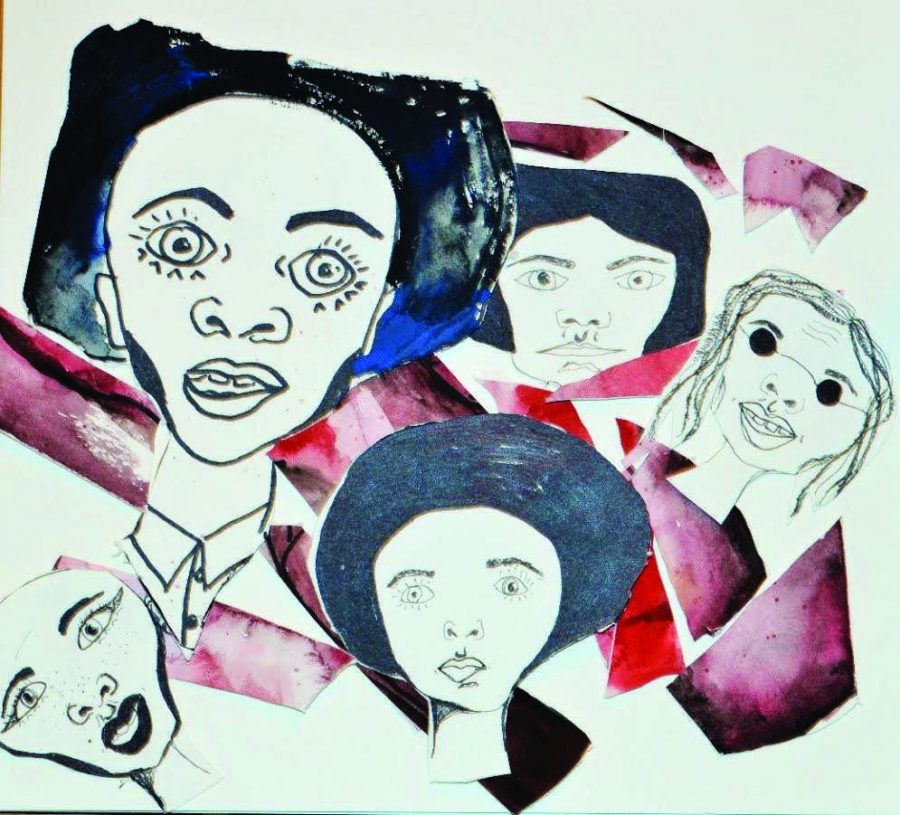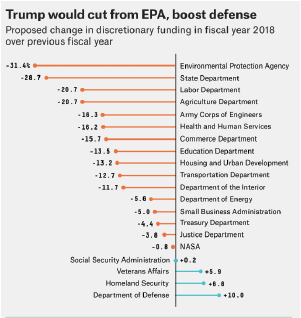By Chelsea Foster
Staff Writer
Spring is in the air as Daylight Saving Time sprang into action on March 9 leaving Boston and the rest of the United States with longer, light-filled days.
The first day of spring was on March 20 although the frigid wind tunnels and piles of snow might hint otherwise. There are small signs of hope; the Charles River has almost entirely thawed and more people are venturing outside for their morning runs.
The first day of spring is also known as the vernal equinox. According to the Merriam-Webster Dictionary, vernal is a Latin based word, ver meaning spring. Equinox is also Latin-based, aequi means equal and nox means night. An equinox occurs twice a year, once in the autumn and once in the spring, and, as some may have guessed, is when the length of the day and night are almost equal.
In astronomy, the equinox occurs when the middle of the sun and its annual pathway align perfectly with the celestial equator, which is an imaginary line that outwardly projects the Earth’s equator. The first day of spring usually occurs on March the 19, 20, or 21 because of the change in the observable calendar. The Gregorian calendar was created because the Julian calendar was slightly too long moving the equinox date closer to early March and further from Easter.
The Christian faith is not the only religion that uses astronomy with their religion. The Jewish faith still uses the Julian calendar and lunar cycles to base its holidays, like Passover. In the past there was a debate within the Nicene Council regarding the dates of the two different holidays.
The conclusion was that Easter was to be on the first Sunday after the full moon following the spring equinox unless that full moon fell on a Sunday, in which case Easter would be the following Sunday. The Nicene Council should have evaluated the Paganism and Christianity because they both use the equinox, while Judaism use the lunar cycles.
Paganism celebrates the vernal equinox with Ostara. Ostara is the name of the goddess originally named Eostre, which is where the Christian holiday Easter originated. Both Ostara and Easter use similar rituals such as egg races, hunts, eating and decorating. In the Paganism it is used to celebrate fertility and nature, while Easter is celebrating the rebirth of Christ. Passover celebrates the Jewish people’s liberation from slavery under the Egyptians.
While there are many different religions that use the equinox as a time to celebrate a holiday, you do not need a religion to enjoy the subtle changes in nature from winter to spring. Now is a time to enjoy the birds chirping in the morning, the slow growth of green grass, and the longer days filled with vibrant sunlight. Appreciate the warm days we get now because living in New England means the weather can change in an instant, like the few inches of snow forecasted for this coming Wednesday.













